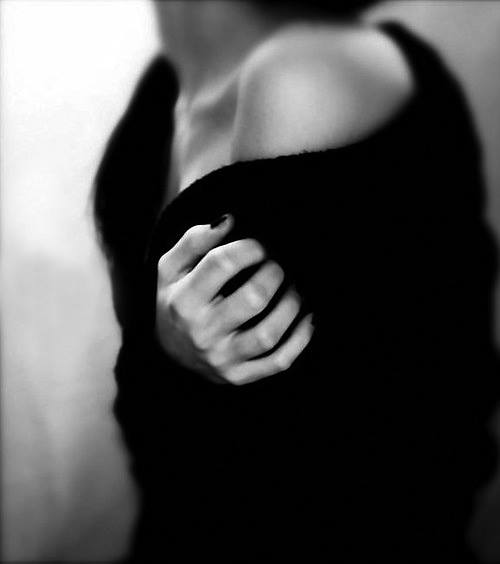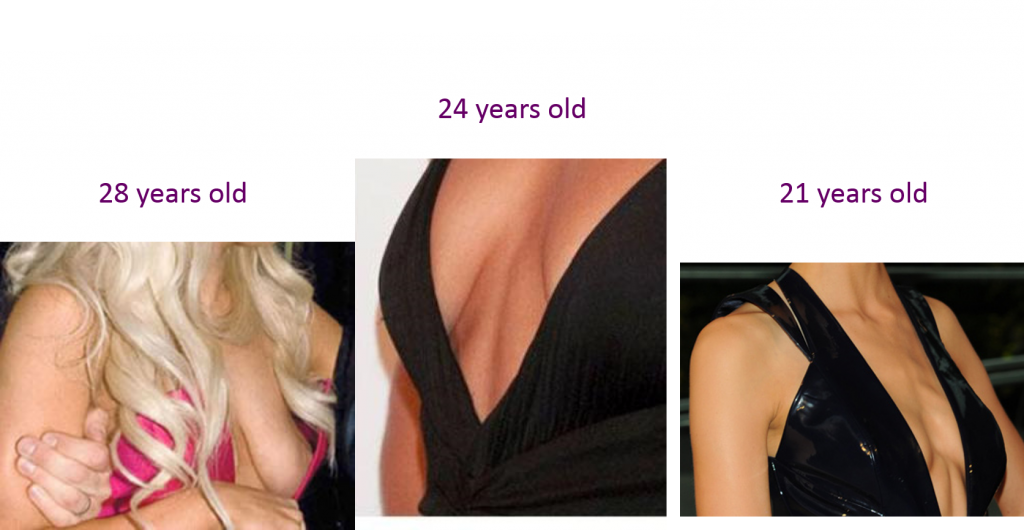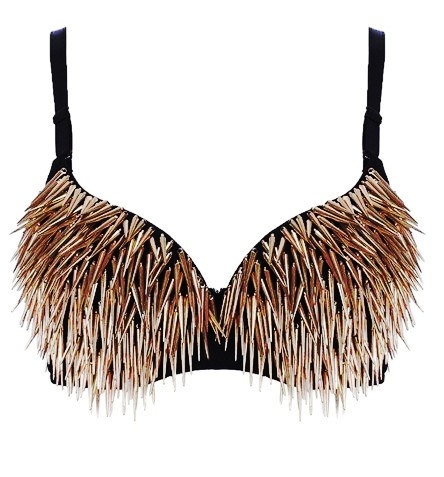Breasts have always generated a great deal of discussions and have also been awarded many values and symbolism´s over time. Nowadays they have become an “Object of desire”, due in part to the large advertising campaigns carried out by brands which have established themselves in the market as a benchmark for their exposure and care. This, in some way has led to the detachment from their basic function, to feed and nourish offspring. A natural activity which has being to a certain degree sadly maligned.
Painters, photographers, sculptors, humorists, publicists, cinema directors, poets, etc., have dedicated their time and effort in representing them, sometimes in beautiful works of art and precious odes, and in other cases by way of foul jokes, slogans or sayings.
But like all trends and customs, the canons for the beauty of the female breast have evolved and changed through the different ages, as also the interpretation and the treatment that they´ve been awarded.
The goddess Isis granted immortality to those who received nourishment from her breasts. The Amazons mutilated one of them in order to be more skillful with the bow. The Gallic or medieval French-women pleaded mercy to soldiers by showing their breasts, not as a provocation but as a gesture of humiliation and appeal. The Church consecrated them, while at the same time condemned them as a diabolical invention for sexual debauchery, so far as to represent the figure of the woman flat like that of a male by hiding its form. Then they went on to symbolize purity and charity in the 14th century.
However, it is not until the 15th century when at the French Royal courts they received a more erotic consideration. This occurred when the famous Madame de Pompadour who was a member of the French court and was the official chief mistress of Louis XV, ordered a cup to be made from a mould of her breasts in order to convey their sensuality to those who drank from it.
During the French Revolution, the Republic is represented by a woman exposing one of her breasts. During the First World War they were used as a tool for provocation, for example when a French woman facing a German cannon with her bare breasts was depicted, and also during the 2nd WW with the sole aim of raising the morale of the troops using photographs with a deep erotic charge.
Then in the 1970s, when women exposed them without sexual modesty as a symbol of liberation, and once again, in the 1980s, submitting them to that dictations of fashion, which marked a clear trend towards a more abundant bust; Unlike the 1920s and up to the end of 1960s which imposed more languid unisex appearance, as a demonstration, in order to achieve greater equality with respect to men.
Currently, what seems to be the most important thing is their appearance of harmony and aesthetics. Nevertheless, what is evident is that every 30 or 40 years there is a change in the preferences as to the different forms and sizes of breasts. Having said this we must not forget that beauty is not in their size but in its harmony.
I strongly recommend the book, “The Female Breast”, as it is an easy reading informative and scientific work, targeted specifically for women and whose publication was commissioned by Dr. Armando Tejerina, son of the author Dr. Florencio Tejerina, creator in 1961 of the first medical unit dedicated to the care of the Breast in Spain at the Provincial Institute for Obstetrics and Gynecology at Madrid. Dr. F. Tejerina, explains in detail the important role that the breast plays in women’s lives from different aspects, ranging from its erotic significance; then focusing on the study of the physiology of lactating breasts and the care before and after childbirth in order to ensure the nurturing role. Finally, instructing women in relation to the problems arising from diseases, detection and prevention, and without forgetting the importance of the use of appropriate bra´s at all times, for the maintenance and beauty of the breast.
There is no doubt that this issue is an aspect that women are increasingly aware of and where women are more worried about care and health rather than a specific superficial trend. Despite the subordination that they have received throughout history, the owner is not who caresses it, degrades it, designs it, feeds, or who decides how to expose it as a trend or fashion object, its ours, we are the real owners.
Marta Mª Fernández Cuevas
CEO



